Typhoon Mangkhut helped show “storm surge” is a threat to modern cities, not just something for the history books.
On 7 September, the Post published an opinion piece by me (“What Kansai airport flooding can teach Hong Kong about the perils of reclamation amid climate change”), saying the disaster wrought by Typhoon Jebi in Japan should sound a warning to those planning reclamation in East Lantau, who do not account for the rise in sea levels or the increased intensity of typhoons that climate change could bring.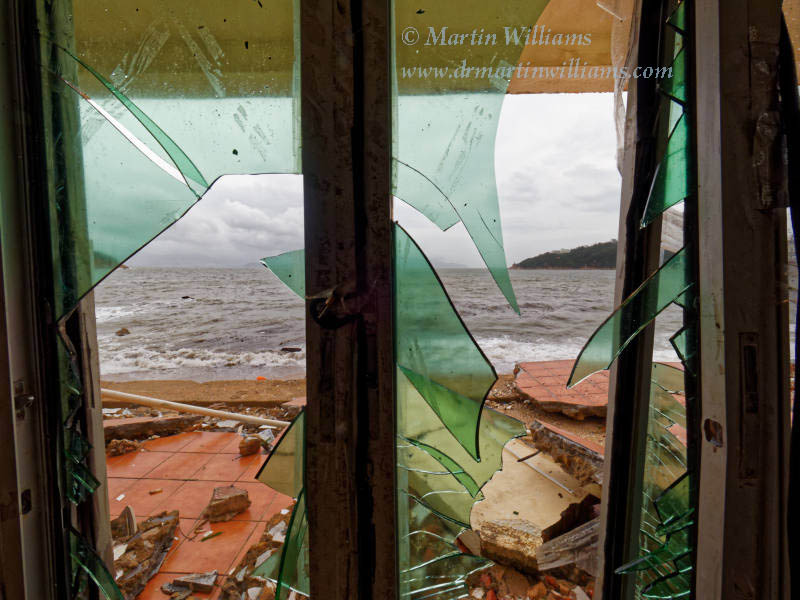
Weather including tropical cyclones
Tropical Cyclone Ma-on Headed for Hong Kong
25 August 2022 (evening) update: Ma-on took a track somewhat south and west of earlier forecasts;…
Typhoon Jebi a Warning for East Lantau Metropolis aka Lantau Tomorrow Vision
You may have seen the shocking images from Japan in September 2018, including as Osaka’s Kansai…
Mad Lantau Metropolis Plans Should be Scuppered by Storm Surge Threat
A consideration of science suggests the reclamation plans, including for East Lantau Metropolis are foolhardy, even…
As Hong Kong Sizzles the World Keeps Warming
While climate change may have long seemed an issue for hardcore, tree-hugging environmentalists, concerns are spreading.…
Typhoon Haiyan Lessons for Hong Kong
Typhoon Haiyan was among the strongest storms on record, and devastated a swathe of the Philippines.…
Forecasters Benefit from Flights into Typhoons
As well as employing computer models and weather station info, the Hong Kong Observatory is employing…
Hong Kong weather outlook warmer wetter wilder
With global warming only just getting started, according to scientists, it’s time for Hong Kong to…
Typhoon Vicente hurricane force winds blast Hong Kong
Severe Typhoon Vicente slammed Hong Kong on 23 and 24 July 2012, with hurricane force winds…
Severe Tropical Storm Pabuk
Severe Tropical Storm Pabuk looked set to have passed Hong Kong, barely causing an impact other…
HK Number 8 Signal
Hong Kong’s Number 8 tropical cyclone warning can be controversial. Hong Kong’s Number 8 tropical cyclone…
Hong Kong Typhoons including Calamitous Storm Surges
Typhoons have sometimes caused massive damage and loss of life in Hong Kong. Just months after…
Hong Kong tropical cyclones
Hong Kong can be impacted by tropical cyclones including and typhoons. Happily, typhoons are scarce near…

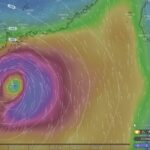


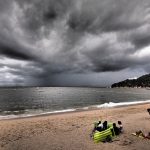
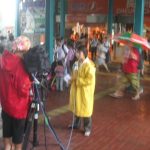
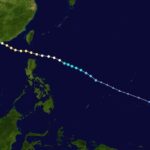
HK govt looking at countering storm surges
Better late than never, I suppose; should have been done earlier based on history and science, not simply reactive like this:
Holding back the tide: Hong Kong government commissions study to find ways of stopping sea from flooding communities during superstorms and typhoons
https://www.scmp.com/news/hong-kong/politics/article/2170047/holding-back-tide-hong-kong-government-commissions-study